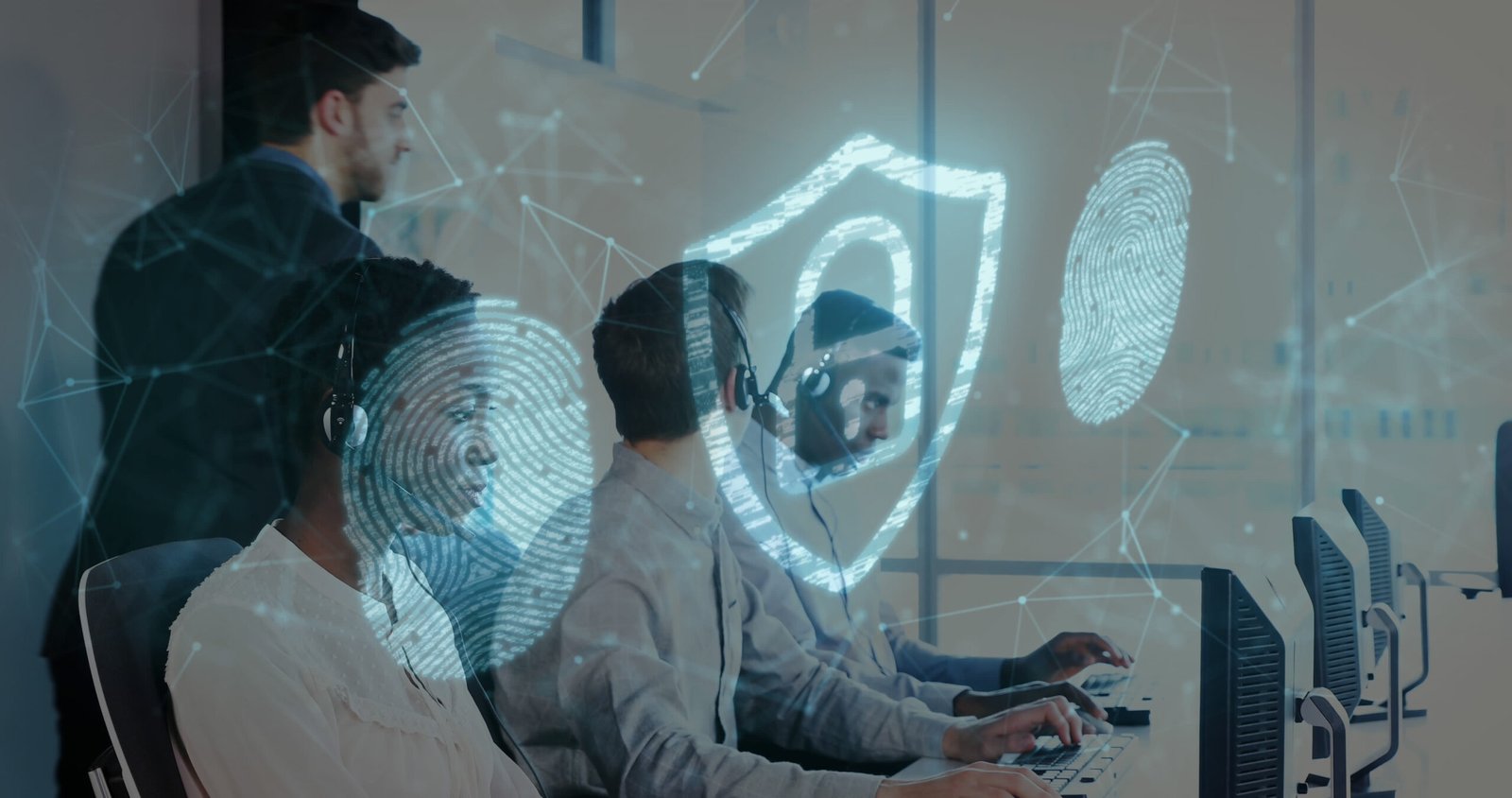When it comes to cyber security, your biggest vulnerability probably isn’t your firewall or your antivirus software. It’s your people.
While everyone’s focused on the latest security technology, cybercriminals have figured out that it’s often easier to trick a person than to hack through technical defences.
Human error plays a role in the vast majority of security incidents. In 2023 alone, 68% of breaches involved the human element. That could be someone clicking a suspicious link, using a weak password, or accidentally sending sensitive information to the wrong person.
But here’s what we want you to know: if your people are your biggest vulnerability, they can also become your strongest defence.
Why Smart People Make Security Mistakes
Cybercriminals are targeting your team because human psychology has predictable patterns that can be exploited.
Think about phishing emails. The sophisticated ones don’t look like obvious scams anymore. They impersonate your CEO, mimic your suppliers, or create a sense of urgency that makes you act before you think. These attacks work because they exploit how we naturally respond to authority, time pressure, and familiar-looking requests.
Here are the real reasons why people fall for attacks:
- They don’t know what to look for.
If you’ve never been taught the warning signs of a phishing email or social engineering attempt, how would you recognise one? Most people assume they’d spot something suspicious, but modern attacks are increasingly convincing.
- Our brains work against us sometimes.
We’re wired to trust authority figures and respond quickly to urgent requests. That’s exactly what attackers count on. When an email appears to come from your manager saying, “I need this done immediately,” your natural instinct is to help, not to scrutinise.
- One training session doesn’t cut it.
With cyber security, threats evolve constantly. It is crucial to regularly undergo training to stay updated with relevant knowledge and skills and to recognise modern attack methods.
Building Your Human Firewall
The good news is that with the right approach, your team can shift from being your weakest link to your first line of defence. It starts with understanding where you’re actually vulnerable.
- Know Your Weak Spots
Regular phishing simulations are about creating a safe environment where your team can practise recognising threats without real consequences.
The goal of simulation is to teach people. You learn which types of attacks your team struggles with most, which departments might need extra support, and how your organisation’s awareness improves over time. Think of it as a fire drill for cyber security.
- Training That Actually Works
Effective security training uses real-world scenarios your team usually encounters. It adapts to different learning styles and keeps people engaged through interactive elements. Most crucially, it’s ongoing. Monthly short sessions or bite-sized learning modules work far better than annual marathons.
Your team should be learning about the threats they’re facing right now, not generic examples from three years ago.
- Making Security Everyone’s Job
Here’s where culture comes in. If cyber security is seen as an “IT problem”, you’ve already lost half the battle. Security needs to be everyone’s responsibility, and that starts at the top.
When leadership visibly prioritises security, the message is clear: this matters. Security becomes part of how you work.
Creating a Security-Minded Organisation
The ultimate goal is building a culture where security awareness is second nature. Your team should feel empowered to question suspicious requests and report potential threats without worrying about looking silly or getting in trouble.
- Reward Vigilance
When someone spots a phishing email and reports it, that should be celebrated, not ignored. Positive reinforcement works. Some organisations even gamify security awareness, tracking who reports the most suspicious emails or offering small rewards for staying sharp.
- Make It Easy to Do the Right Thing
Security policies shouldn’t be a 50-page document that nobody reads. They should be clear, accessible, and built into your everyday processes. When security practices are simple and straightforward, people easily follow them.
- Create a Blame-Free Zone
If someone clicks a suspicious link or makes a mistake, they should feel comfortable reporting it immediately. Fear of punishment makes people hide problems, and hidden problems become disasters.
When mistakes are treated as learning opportunities rather than failures, people report them quickly. That early warning can be the difference between catching an issue in time and dealing with a full-blown breach.
The Shield’s Edge: Ongoing Commitment
Reducing human risk in cyber security is an ongoing commitment to building awareness, maintaining vigilance, and adapting to new threats as they emerge.
When you invest in your people’s security awareness, the results are dramatic. Reported phishing attempts go up (which is good because it means people are catching them), successful attacks go down, and your overall security posture improves significantly.
Your team isn’t your weakness but your opportunity. With the right training, support, and culture, they become the human firewall that stops threats before they reach your technical defences.
Want to understand where your team’s security awareness stands right now? We can help you assess your human risk factors and give practical guidance to make your people become your strongest defence.
Technology alone can’t protect you. But technology plus an informed, vigilant team? That’s a powerful combination.
Found this insightful? Share it with your network!


Leave a Reply